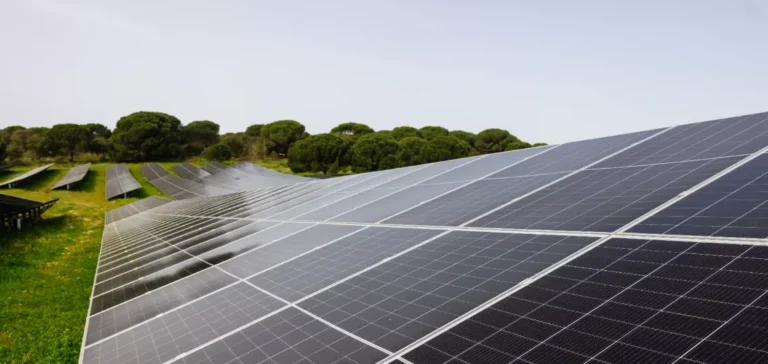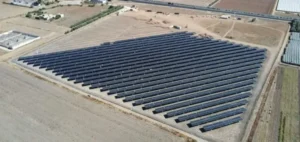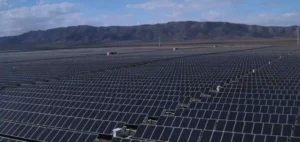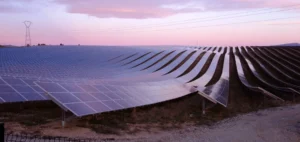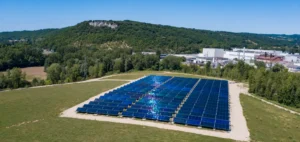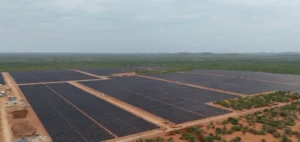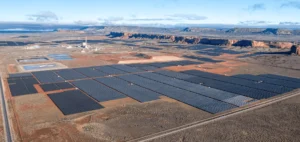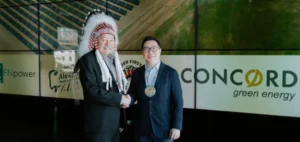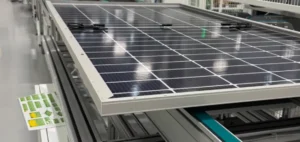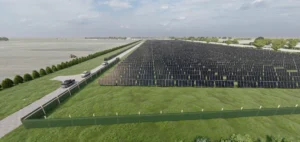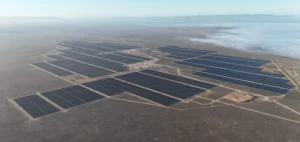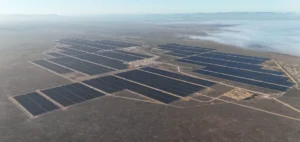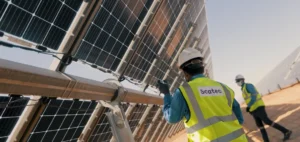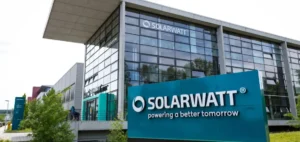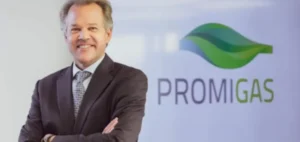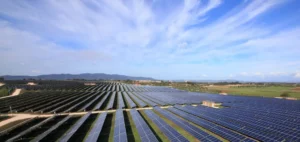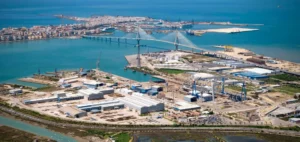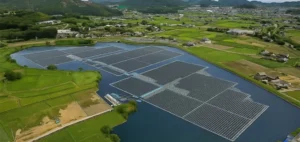Portuguese company Energias de Portugal (EDP) announced on October 13 that its subsidiary EDP Renewables Australia had secured long-term government support contracts to develop two projects combining solar power and battery storage. These projects will add more than 1.7 gigawatts (GW) of energy capacity to Australia’s national grid.
Two strategic projects in Queensland and New South Wales
The first project, called Punchs Creek, will be located in the Toowoomba region of Queensland. It will include a 480 megawatt-peak (MWp) solar plant and a 400 megawatt battery energy storage system (BESS). According to EDP, financial close is expected in 2026, with commissioning scheduled for early 2029.
The second project, named Merino, is situated near Goulburn in New South Wales. It combines 530 MWp of solar generation with a 450 MW BESS. EDP expects this project to reach ready-to-build status in the second half of 2026. Both sites will benefit from the government-backed mechanism designed to stabilise long-term revenues for renewable energy producers.
Government support based on revenue-sharing
The two EDP projects were selected under the Capacity Investment Scheme (CIS), a public programme aimed at boosting investment in renewable power generation and clean storage capacity. The mechanism offers compensation when market revenues fall below a set minimum and shares upside when revenues exceed a fixed cap.
The CIS is part of Australia’s broader effort to ensure grid reliability while increasing the share of renewable energy. This framework is designed to attract private capital by reducing market exposure for developers.
A strong signal for European energy players
With these contracts, EDP strengthens its growing presence in the Australian market, considered strategic for infrastructure developers. The revenue-secured model could become a reference point for other jurisdictions seeking to encourage large-scale energy storage investments.
The combination of solar generation and battery storage has become a preferred model to address the intermittency of renewable output. EDP has not disclosed the investment amount for the two projects, but their scale suggests a significant financial commitment over several years.


